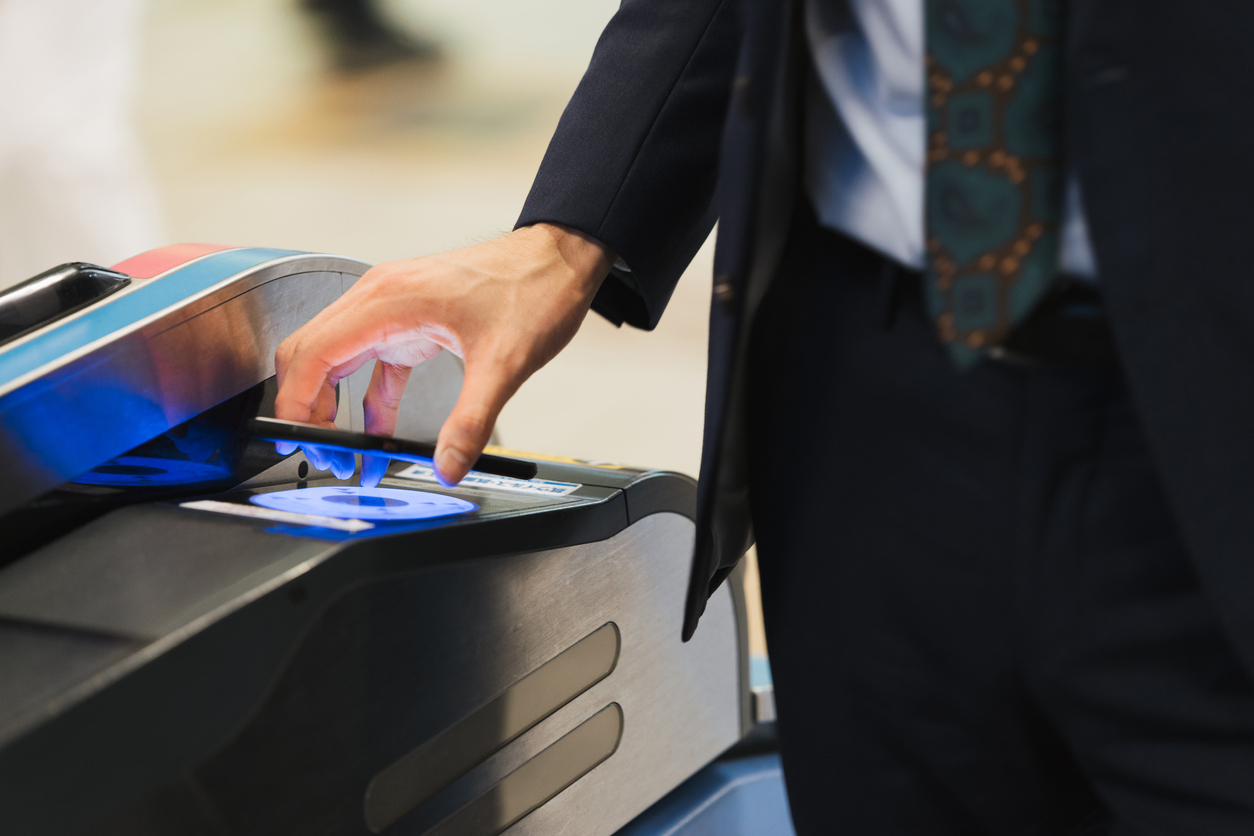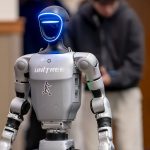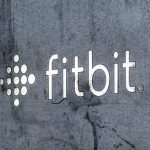The role of the CEO is very rarely straightforward, not only are business leaders responsible for guiding their companies towards innovation and market dominance, but the modern CEO must learn how to successfully navigate changing opinions towards modern work brought about by recent world events.
With 94% of workers wanting more flexibility within their roles, 74% of US companies currently using or planning to implement some form of hybrid work model, and 65% of employees feeling disengaged with their roles in traditional or outdated professional environments, modern work is in a state of flux.
Thankfully, the rise of smart devices, the Internet of Things (IoT), and a wide range of similarly related technological advancements have presented CEOs with several actionable ways to address these issues, as well as modernize their businesses to improve efficiency, productivity, and on-site security.
For business leaders wishing to future-proof their operations, here’s why CEOs are prioritizing touchless technology in the workplace.
What is touchless technology?
The term touchless technology is typically used to describe any modern digital or computerized system designed to be accessed and adjusted by employees without the need for any physical interaction. Commonly this will be achieved through the presentation of biometric information such as facial recognition or gesture commands, alongside wireless communications sent from secure smart devices.
When optimizing a workplace to function with the aid of touchless technology, business leaders will typically prioritize large-scale integrations above all else, meaning a wide variety of smart technology systems will be installed and configured to share information to promote a holistic user experience.
For example, access control systems, office door locks, and active security devices can all be connected within a centralized cloud-based management platform. From here, admins and managers will be able to monitor, adjust and reprogram all installed devices in real time from a remote position.
The benefits of touchless technology
Health, hygiene, and productivity
One of the primary benefits brought about by the installation and operation of touchless technology in the workplace is a dramatic reduction in the spread of harmful germs and bacteria. Absenteeism can be a significant problem for many CEOs, with data suggesting that unexpected illnesses and absences could cost business leaders as much as $3,600 per year for each hourly worker and $2,650 for salaried staff.
By choosing to operate touchless technologies such as mobile credentials or biometric access control systems, CEOs can dramatically reduce the number of high-touch surfaces employees are required to interact with daily, in turn helping to limit the spread of bacteria and communicable illnesses.
Additionally, touchless systems can be used to control the operation of all soap and hand sanitizer dispensers installed throughout the workplace, as well as taps in employee bathrooms, ensuring that staff is provided with numerous ways to better manage their hygiene to reduce the spread of germs.
User convenience
CEOs and property managers will be well aware of some of the pitfalls experienced when relying on outdated access systems to traverse the modern workplace. Traditional key-based locks and manually operated doors can be time-consuming to use, and keys themselves will often be lost or misplaced.
By instead choosing to install touchless commercial door locks and access control systems, staff will be able to move throughout the property freely using unique biometric indicators or digital credentials to manage their personal building access. For example, when using a mobile credential system, staff will have digital keys sent directly to their phones used to open doors when held up to installed readers.
Further benefits to the use of touchless mobile credential technology include the ability to develop additional building management integrations. Amenity booking programs, scheduling systems, and parking management services can all be combined and made accessible from within a company cell phone app.
Improved security
Touchless technologies configured to be managed from within a centralized cloud-based platform can help CEOs to strengthen existing security systems and develop more effective incident responses. By integrating the operation of touchless access systems, surveillance cameras, and on-site IoT-enabled alarms and sensors, entire security networks can be viewed and adjusted remotely by security staff.
Such a system will allow security teams to program automated responses like triggering a full-site lockdown if motion is detected in a certain area of the property, as well as allow staff to view live CCTV footage and receive real-time alerts directly to their smartphones to provide 24/7 security assistance.
Further practical applications of this technology include instantly revoking access credentials remotely if an employee’s information is found to have been compromised, leveraging data analytics software like license plate recognition technology to support parking management services, and automatically storing all access logs and recorded surveillance footage within a secure server for security auditing purposes.
Energy efficiency
Studies suggest that the average workplace wastes as much as 30% of the energy it consumes, with installed heating, ventilation, and air conditioning systems accounting for around 40% of all common electricity usage. By installing and operating touchless HVAC controls integrated within a wider cloud-based building management system, CEOs could save as much as 60% on related operating costs.
IoT sensors and control devices can be installed to allow for the remote operation of all installed HVAC units, meaning building managers will be able to adjust all active devices remotely with ease by simply accessing a centralized web-based application or via a dedicated company cell phone application.
In addition, IoT occupancy and motion sensors can be programmed to automatically engage HVAC units only when certain rooms are in use, ensuring that all systems are operating with maximum efficiency and removing the need for employees to physically interact with any installed devices across the property.
Summary
CEOs running modern businesses are faced with numerous unique challenges brought about by changing attitudes to work, rising operating costs, economic instability, and digital transformation. Though in many cases, these issues can be mitigated through the intelligent deployment of smart technology.
By leveraging touchless technology to assist in the development of integrated building management systems, CEOs and business leaders can reduce energy waste, improve on-site security and promote a safer and more hygienic work environment, as well as provide employees with a more convenient way to access the amenities and equipment required to perform their duties effectively.











